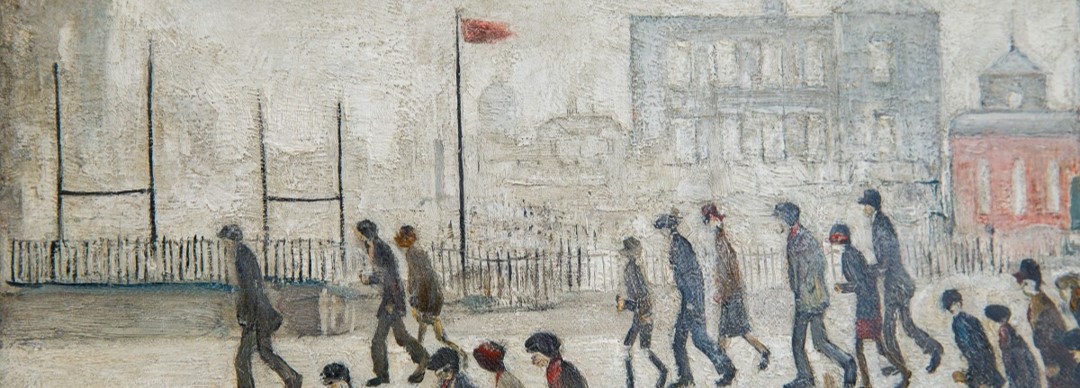The return of Runcorn Highfield is a personal highlight and
a nod to a proud rugby league tradition.
There’s much to be excited about this weekend – Super League’s
free-to-air debut on Channel 4, Toulouse’s first game, the third round of the
Challenge Cup – but a personal highlight is the return to the playing field of Runcorn
Highfield.
Highfield – of the North West Men’s League – will take on
Liverpool St Helens RLFC this Saturday in a pre-season friendly, a 2pm kick off
at The Heath.
The return of the Runcorn Highfield name is the result of a
re-branding by the club formerly known as Runcorn RLC. Pleasingly, Runcorn have
reinstated the old-style badge, along with Highfield’s old green jersey
emblazoned with the yellow vee.
* * *
Rugby league in Runcorn has a more venerable history than
perhaps many people realise. The original Runcorn club were founder members of
the Northern Union, finishing third in rugby league’s first ever season, before
finishing top of the Lancashire section of the competition in 1899/90.
Runcorn also posted a famous 9-0 win over the New Zealand “All
Golds” touring side in 1907.
Sadly though the club didn’t survive the First World War, and
were effectively replaced by a soccer club, Runcorn AFC – the predecessors of
Runcorn Linnets, currently of the NPL Division One.
* * *
Rugby league returned to Runcorn in 1984, courtesy of one of
rugby league’s most travelled clubs.
Wigan Highfield started life in the Highfield district of Pemberton.
After a brief sojourn at White City Stadium in 1933/34 as London Highfield,
they then spent the next half-century in and around Liverpool as, successively,
Liverpool Stanley, Liverpool City and Huyton RLFC.
 |
| Highfield loose forward or stand-off John Cogger in 1989, holding me at the Williams family home in Brookvale, Runcorn |
The club took up residence at Runcorn AFC’s Canal Street ground
where, in 1988 at just shy of six weeks old, I was taken to my first ever rugby
league match – a 28-10 defeat at the hands of Rochdale Hornets. Highfield’s
tries came courtesy of Paul Durnin and Australian loose forward John Cogger.
Yet this game sadly marked the beginning of the end for Runcorn
Highfield. The club never recovered from an internal dispute caused by
switching a Lancashire Cup tie against Wigan from Canal Street to Central Park,
suffering a 92-2 defeat to Wigan and embarking on a record-breaking winless run
– 73 defeats and two draws – that only came to an end in March 1991.
By then Highfield had relocated to St Helens Town’s Houghton
Road, and ended their days in 1997 at Prescot Cables AFC, re-branded for the
Super League era as Prescot Panthers.
* * *
Rugby league returned to Runcorn thanks to the (Widnes) Vikings
in the Community programme, which formed the Runcorn Vikings as a TotalRL.com Conference
side in 2005.
Runcorn Vikings were at first based at Moore RFC – a rugby
union club with excellent facilities, between Runcorn and Warrington – before relocating
to more obviously Runcornian territory at The Heath.
The Runcorn Highfield that takes to the field in 2022 has
its origins in that Runcorn Vikings club, and shares in a rugby league legacy
that goes back to the origins of the game itself.



Comments
Post a Comment